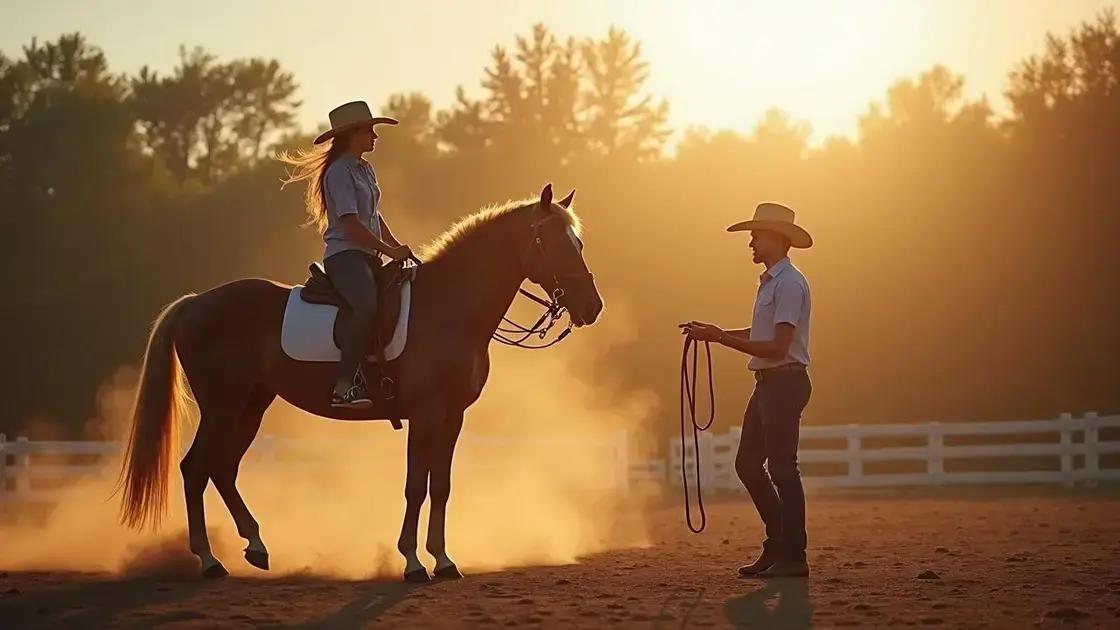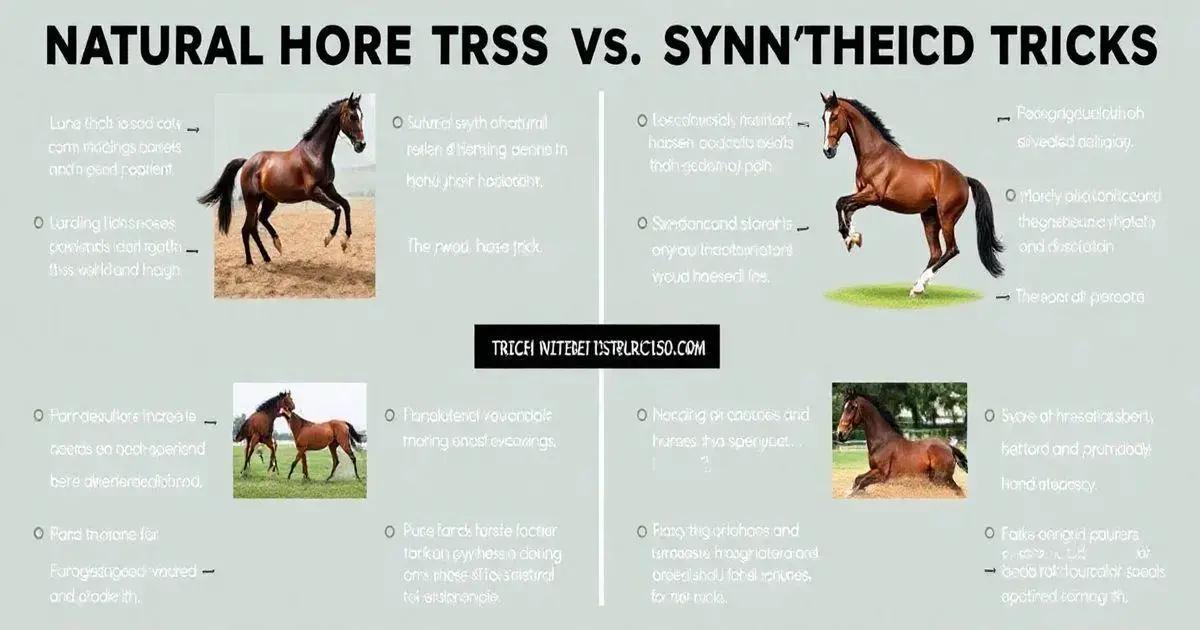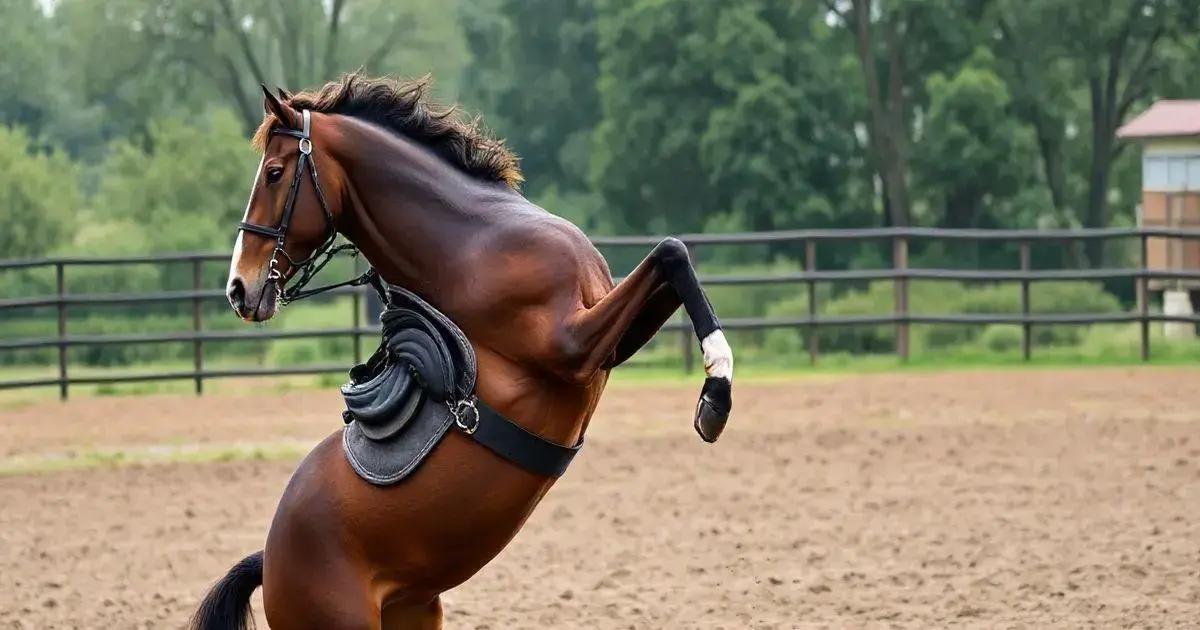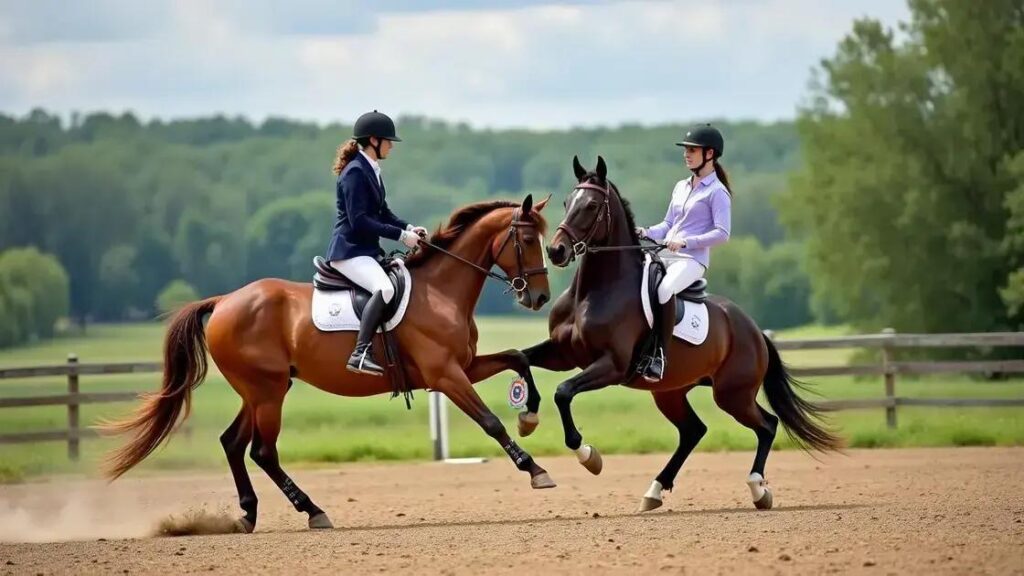The debate on whether horse tricks are natural or synthetic revolves around the benefits of each approach in training. Natural tricks cultivate instinctive behaviors and build trust between horse and rider, while synthetic tricks enhance performance through structured techniques. Understanding the individual needs of the horse helps trainers decide on the most effective methods, and a combination of both may provide a well-rounded training experience.
Ever wondered if the Horse Trick is natural or synthetic? This captivating topic dives into the science and artistry behind equine performance. As horse enthusiasts explore various techniques, understanding the distinction is vital. In this article, we examine how horse tricks are categorized, the impact of training methods, and what this means for horse welfare. Prepare to uncover the fascinating truths of the Horse Trick world.
Understanding the Horse Trick

Understanding the Horse Trick involves recognizing the various techniques and practices that define this art form. Whether performed in shows or casual training, horse tricks showcase the bond between the rider and the horse.
Defining Horse Tricks
Horse Tricks refer to specific actions or routines that horses perform on command, often accompanied by music or a specific atmosphere. These tricks can range from simple commands like “sit” or “dance” to complex routines involving jumps or spins.
Historical Context
The history of horse tricks dates back thousands of years. Ancient cultures used them for entertainment and to demonstrate equestrian skills. Today, these tricks have evolved into competitive performances and displays of grace and trust.
Types of Horse Tricks
Common types of horse tricks include:
- Bow: The horse lowers its front legs, as if bowing.
- Lay Down: The horse lies down on command.
- Dance: The horse moves its feet rhythmically, often in sync with music.
- Cantering on Command: The horse trots or canters circles in response to cues.
Each trick requires a significant amount of training and trust between the horse and rider. This bond is vital for safety and to achieve more advanced tricks.
Training Methods
Training a horse to perform tricks involves positive reinforcement, patience, and consistent practice. Trainers often use treats or praise to encourage desired behaviors. Gradually introducing new tricks helps the horse become familiar and comfortable with the actions.
Understanding the art of horse tricks allows enthusiasts to appreciate the skill involved and the unique communication shared between horse and rider.
The Science behind Natural vs. Synthetic Tricks

The distinction between natural and synthetic horse tricks is significant in understanding how these performances are developed and executed. Natural tricks are rooted in behaviors that horses exhibit in their instinctive reactions. These include movements like rearing, spinning, or bowing, which horses can perform naturally without extensive training.
Natural Tricks
These tricks leverage the horse’s innate abilities and prefer training methods that focus on building trust and rapport. Trainers encourage behaviors that are comfortable and familiar to the horse, allowing it to respond in a way that feels natural and safe.
Synthetic Tricks
On the other hand, synthetic tricks involve behaviors that are taught through a series of commands and reinforcements, often using props or techniques that mimic natural behavior. These can include complicated sequences that require precise coordination and understanding from both the horse and the rider. Training for synthetic tricks often entails more extensive conditioning and repetitive drill.
Scientific Insights
From a scientific perspective, understanding the differences between these types can help trainers choose the right methods. Natural tricks often rely on instinct and can reduce stress and anxiety in horses. In contrast, synthetic tricks may lead to confusion or frustration if the horse does not grasp the commands, making it crucial to employ effective training techniques.
Trainers must evaluate the horse’s personality and natural tendencies when deciding which tricks to teach. Each horse is unique, and what works for one might not work for another. Emphasis should be on the horse’s comfort and capability, ensuring that all tricks, whether natural or synthetic, promote a positive training experience.
Impacts on Performance and Training

The impacts of horse tricks on performance and training are significant and multifaceted. Various studies show that these tricks can influence the overall behavior and abilities of a horse, impacting both training outcomes and performance in events.
Enhancing Communication
One of the most notable benefits of teaching horse tricks is that it enhances the communication between horse and rider. When a horse learns new tricks, it becomes more attuned to cues and commands from its trainer. This improved communication results in better responsiveness, making the horse more adaptable to varied training exercises.
Building Trust
Trust is vital for successful training. Performing tricks fosters a stronger bond between horse and rider. When horses feel secure and trusted during training, they are often more willing to perform and learn new tasks. This bond can also alleviate stress, which is crucial in maintaining a horse’s overall performance.
Physical and Mental Stimulation
Engaging in horse tricks provides both physical and mental stimulation for the horse. Tricks challenge the horse’s abilities, promoting physical fitness and agility. Likewise, they encourage mental engagement, preventing boredom and encouraging focus. This balance is essential for a horse’s happiness and overall wellness.
Performance in Competitions
While natural tricks might allow horses to perform under more instinctual conditions, synthetic tricks can enhance versatility in a competitive context. Horses trained in various tricks may perform more confidently in events like dressage or shows, where a broad range of skills is necessary.
Ultimately, the choice between natural and synthetic tricks can impact both the training process and the performance of the horse in various contexts. Trainers must consider the horse’s individual needs and capabilities, adapting their approach to maximize both effectiveness and enjoyment.
Conclusion: Natural or Synthetic?

When it comes to the debate of natural versus synthetic horse tricks, the decision ultimately depends on several factors that each trainer must consider. Natural tricks often promote instinctive behaviors that create a strong connection between the horse and rider. They can lead to a more stress-free training environment where the horse is encouraged to express itself.
Benefits of Natural Tricks
These tricks tend to require less intensive training methods, allowing for a more organic learning process. Horses performing natural tricks can show greater confidence and comfort since they align with their inherent instincts. This approach is particularly vital for developing trust, making it easier to advance to more complex tasks.
Insights into Synthetic Tricks
On the other hand, synthetic tricks offer structured training opportunities that can enhance performance in specific contexts, like competitions. They allow for the development of impressive sequences that demonstrate the horse’s versatility and the rider’s training skills. However, they may also require more intensive training and immediate responses to cues.
Some trainers opt for a combination of both methods, using natural techniques to build a foundation and introducing synthetic tricks for added complexity. This hybrid approach can leverage the strengths of both styles while addressing the specific needs of each horse.
In choosing between natural and synthetic horse tricks, trainers should evaluate the horse’s unique characteristics, the training environment, and the intended outcomes. Both approaches have valuable contributions to a horse’s training journey.
Final Thoughts on Natural vs. Synthetic Horse Tricks
The discussion surrounding whether horse tricks are natural or synthetic highlights important factors in equestrian training. Each approach offers unique benefits and considerations, contributing to a horse’s overall training experience.
Natural tricks focus on instinctual behaviors that strengthen the bond between horse and rider, fostering trust and confidence. In contrast, synthetic tricks provide structured techniques that can enhance performance in competitive settings. Striking a balance between the two can be beneficial.
Ultimately, understanding the horse’s individual needs and characteristics is vital in choosing the right training methods. By doing so, trainers can create positive experiences that enhance learning and performance in their equine partners.
In the journey of equine training, both natural and synthetic techniques have a meaningful place, helping horses reach their full potential.
FAQ – Common Questions About Natural and Synthetic Horse Tricks
What are natural horse tricks?
Natural horse tricks are movements or actions that horses can perform instinctively without extensive training, fostering a connection between the horse and rider.
What are synthetic horse tricks?
Synthetic horse tricks are behaviors that require specific training and commands, often involving structured techniques to achieve impressive routines.
How do natural tricks benefit a horse’s performance?
Natural tricks promote instinctual behaviors, build trust, and create a stress-free training environment, enhancing overall performance.
Can synthetic tricks improve a horse’s competitive skills?
Yes, synthetic tricks can enhance a horse’s versatility and adaptability in competitive contexts, showcasing the horse’s skills in a structured manner.
What training methods are best for natural horse tricks?
Positive reinforcement and patience are key for natural tricks, focusing on building trust and rapport between the horse and rider.
How should trainers decide between natural and synthetic tricks?
Trainers should evaluate the individual horse’s characteristics, strengths, and intended outcomes to choose the most suitable training approach.












